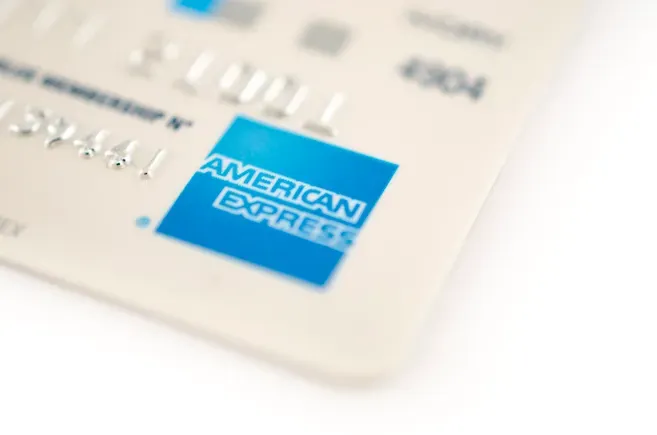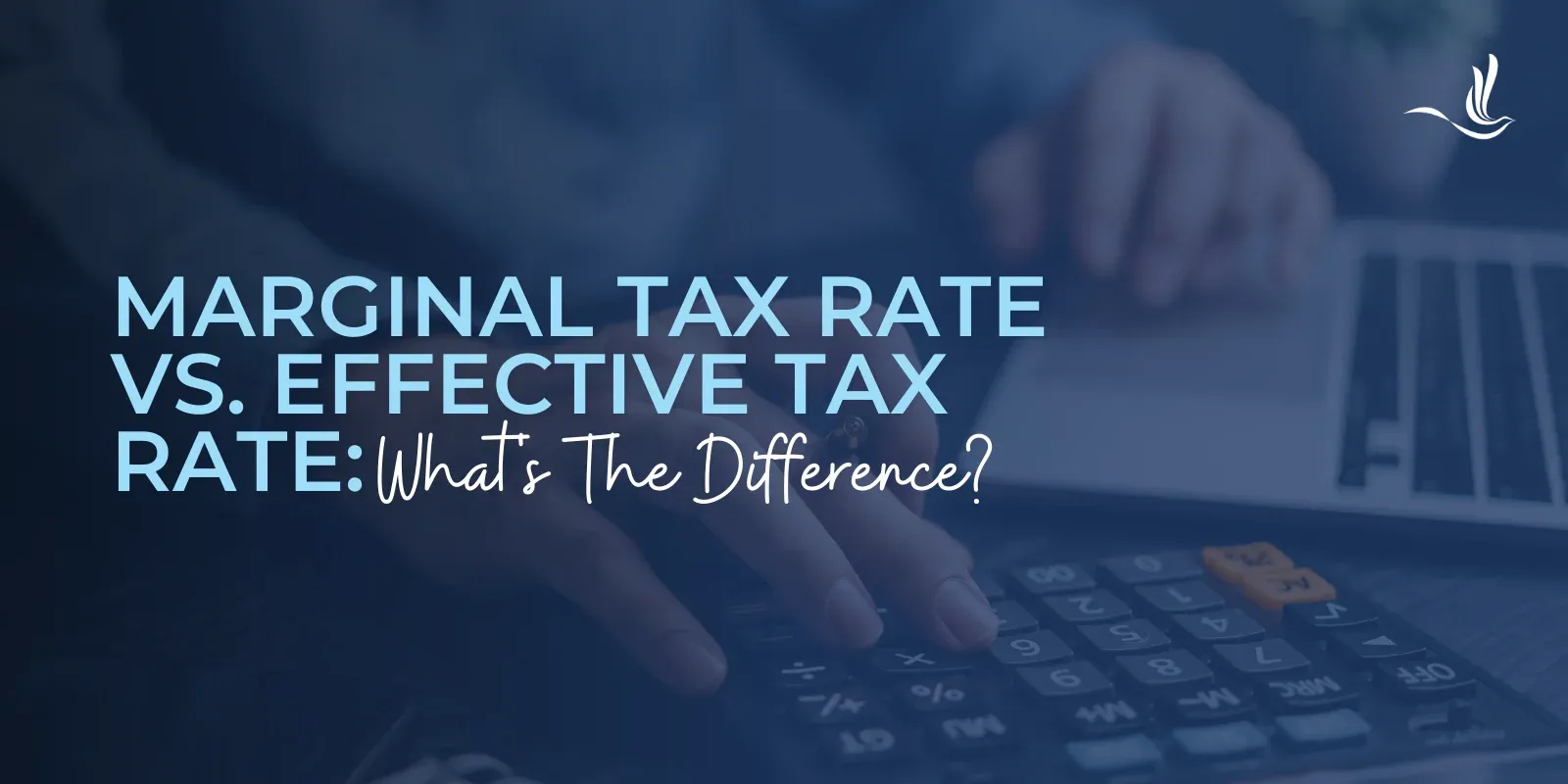Payments and interest accrual on government-held federal student loans have been paused for nearly two years. Millions of borrowers have been able to focus their time, energy, and resources on other financial needs during that time, particularly given that the months of suspended payments count towards key loan forgiveness programs like Public Service Loan Forgiveness (PSLF) and income-driven repayment terms.
But that relief may soon be coming to an end. President Biden’s most recent extension of the student loan pause is scheduled to expire on May 1, 2022.
Here’s what you need to do.
1. Understand when payments restart 2.Update your contact information 3. Check your current loan servicer 4. Review auto debit arrangements 5. Temporarily relaxed rules for borrowers in income-driven repayment 6.
Review changes to Public Service Loan Forgiveness (PSLF)
Understand when payments restart
There are some signs that the relief could be further extended. For example, the Department announced this week that it would be extending the suspension of certain collections activities against defaulted federal student loan borrowers for an additional six months.
And White House Press Secretary Jen Psaki suggested earlier in February that a return to repayment after May 1 was not set in stone when she used the word “if” in describing when and whether student loan repayment would resume.
Download the Best Student Loan CalculatorBut for now, most signs point to student loan payments and interest turning back on again this May. Tens of millions of borrowers resuming repayment all at the same time has never before occurred in the history of the federal student loan system, so there is no precedent and no playbook for this event.
The Government Accountability Office (GAO) warned in a recent report that borrowers may encounter problems, given potential communications gaps by the Department of Education and ongoing loan servicer changes rippling through the federal student loan system. Some borrowers are already reporting long hold times when trying to reach customer service agents with their loan servicer.
Absent any new, solid information from the Biden administration about what, if any, additional relief is under consideration, borrowers must assume that they will need to start paying their loans again starting in May.
Update your contact information
It is critical that the Department of Education and your loan servicer have current, up-to-date information to reach you.
This includes your email address, mailing address, and phone number.
Borrowers have a legal responsibility under the terms of federal student loan promissory notes to keep their contact information current since that is where loan holders and servicers will send bills, statements, and important correspondence.
Given that many student loan borrowers are also experiencing loan servicing transfers, keeping your contact information updated is critical to know who is currently handling your loan.
Borrowers can start by reviewing and updating the contact information through the Department of Education’s web portal at StudentAid.gov.
Check your current loan servicer
The student loan servicing system is currently going through a major upheaval. Borrowers with government-held federal student loans that Navient serviced have now been transferred to a new loan servicer called AidVantage.
And borrowers with FedLoan Servicing are currently in the midst of ongoing transfers to several of the Department’s other contracted loan servicers such as MOHELA, EdFinancial, and Nelnet. These transfers will continue through this summer.
The StudentAid.gov website provides information on a borrower’s current servicer. So if you are unsure who is currently servicing your loan, start there.
Review auto debit arrangements
Before the pandemic, many borrowers were repaying their student loans by having their monthly payments automatically deducted from their bank accounts.
These auto-debit programs were useful in avoiding missed payments and usually came with a modest interest-reduction incentive. But auto-debit programs will not automatically go back into effect.
According to the GAO, student loan borrowers who were previously in auto-debit programs will need to opt back in and confirm with their servicer, usually by completing and submitting some sort of reaffirmation form stating that they want to continue with auto-debit. Borrowers whose loan servicer has changed may need to re-establish a new auto-debit arrangement from scratch.
Given some potential confusion surrounding auto-debit arrangements, borrowers should reach out to their servicer for any questions and should monitor their online student loan accounts when billing resumes so that if they need to make a manual payment (if auto-debit does not turn back on) they can do so and avoid delinquency.
Temporarily relaxed rules for borrowers in income-driven repayment
The GAO recently confirmed prior reports that the Education Department will temporarily relax several procedures related to income-driven repayment plans to allow for a smoother transition to repayment. These flexibilities will include the following:
- Predictable payments. Borrowers who were on an income-driven repayment plan before the pause went into effect should have the same monthly payment that they had before, provided that they did not recertify their income or request a recalculation during the payment pause.
- Delayed recertification. Regardless of when a borrower’s regular annual recertification date is for their income-driven plan, borrowers will not be required to recertify their income for six months after the payment pause ends.
- Self-reporting income. Borrowers will still have the option of requesting a recalculation of their income-driven payment if they want.
And those that request a recalculation will be able to self-certify their income without necessarily supplying supporting documentation such as a pay stub or their most recently-filed federal tax return. Borrowers may also be able to self-certify over the phone by calling their loan servicer rather than by submitting a formal application online or on paper.
Review changes to Public Service Loan Forgiveness (PSLF)
Borrowers who have been working for nonprofit or public organizations, or did so in the past, may want to take a fresh look at the Public Service Loan Forgiveness (PSLF) program. While PSLF historically has had restrictive rules that limited eligibility to only certain kinds of federal student loans that were repaid under specific kinds of repayment plans, the Biden administration recently enacted the Limited PSLF Waiver program, which has dramatically expanded the eligibility pool for borrowers interested in the program. But the relief is temporary and is set to expire this October.
Borrowers who think they could now benefit from PSLF should take the time to review the recent PSLF changes.
Because the waiver program is temporary and borrowers need to take certain steps to qualify in some cases, it is important to act quickly. The Department has set up a dedicated website for the Limited PSLF Waiver, which borrowers should review thoroughly.
Get a Student Loan Plan Refinance student loans, get a bonus in 2022 1 Disclosures $1,050 BONUS1 For 100k+. $300 bonus for 50k to 99k.1 VISIT LAUREL ROAD Variable 1.89-5.90%1 Fixed 2.50-6.00%1 2 Disclosures $1,000 BONUS2 For 100k+. $300 bonus for 50k to 99k.2 VISIT SPLASH Variable 1.74-6.52%2 Fixed 1.99-6.25%2 3 Disclosures $1,000 BONUS3 For 100k or more. $200 for 50k to $99,9993 VISIT EARNEST Variable 1.74-7.24%3 Fixed 2.44-7.24%3 4 Disclosures $1,000 BONUS4 For $100k or more. $200 for $50k to $99,9994 VISIT SOFI Variable 1.74-7.24%4 Fixed 2.49-7.59%4 5 Disclosures $1,050 BONUS5 For 100k+. $300 bonus for 50k to 99k.5 VISIT COMMONBOND Variable 1.98-7.14% APR5 Fixed 2.49-7.04% APR5 6 Disclosures $1,275 BONUS6 For 150k+. Tiered 300 to 575 bonus for 50k to 149k.6 VISIT ELFI Variable 1.86-6.01%6 Fixed 2.47-5.99%6 7 Disclosures $1,250 BONUS7 For $100k or more. $100 to $350 for $5k to $99,9997 VISIT LENDKEY Variable 1.90-5.25%7 Fixed 2.49-7.75%7 8 Disclosures $1,250 BONUS8 $350 for 50k to 100k8 VISIT CREDIBLE Variable 1.74-7.58%8 Fixed 2.15-7.83%8 Not sure what to do with your student loans?Take our 11 question quiz to get a personalized recommendation of whether you should pursue PSLF, IDR forgiveness, or refinancing (including the one lender we think could give you the best rate).
Take Our QuizOriginal Article






